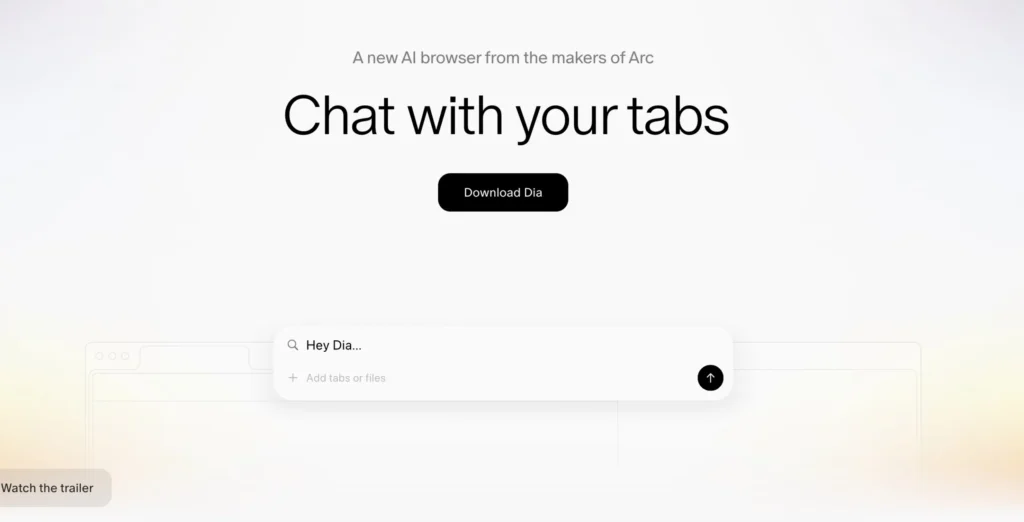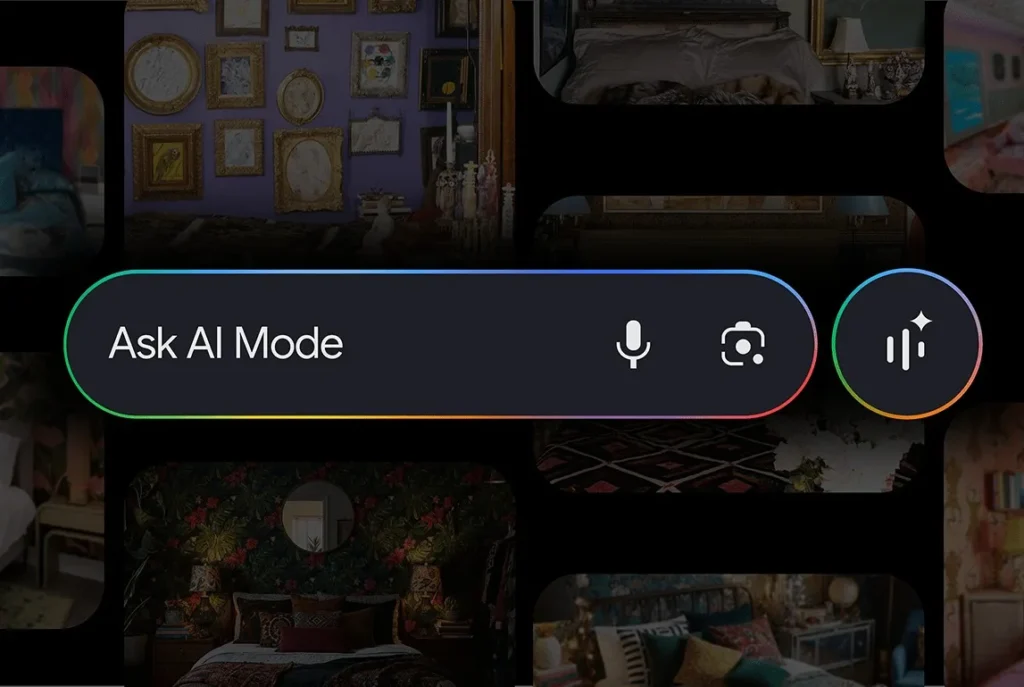Dia is here: The AI-First Browser Aiming to Replace Chrome and Safari on Mac
The Browser Company has marked a significant milestone in the evolution of web browsing with the official launch of its AI browser, Dia, now available to all macOS users.
Following several months of beta testing, this public release introduces a serious contender in a market dominated by Safari and Chrome.
Designed from the ground up with artificial intelligence, Dia aims to redefine how users interact with the web. With its integrated conversational tools, it allows users to ask questions directly to their open tabs, generate personalized content, and obtain instant summaries—all without leaving the browser.
Dia: From Beta to General Availability, AI at the Core of Browsing
After the excitement surrounding Arc, its previous modular approach browser, The Browser Company is stepping up its game with Dia, touted as a “conversational browser.”
According to 9to5Mac, this stable version puts an end to the invitation system, opening the doors for all macOS users eager to experience this new generation of browsers.
Initial testers praise the seamless integration of AI: Dia does not clutter the interface but enriches the user experience. Some AI features operate locally on the device, reducing reliance on the cloud—a choice that minimizes latency and enhances privacy.
On its official site, The Browser Company describes Dia as a browser offering “privacy you control.”
User-Centric AI Features

Dia is not just a browser equipped with a chatbot. It functions as an integrated assistant within the browsing experience, capable of:
- Drafting texts in your own style (emails, posts, responses, etc.);
- Analyzing your tabs to extract key information or speed up your research;
- Optimizing online shopping by automatically comparing offers;
- And all this, with complete control over personal data.
These features rely on a library of local AI models—over 169 variations can function without an internet connection.
A choice that is already appealing to developers and creatives who value offline productivity.

A Subscription Model That Divides Opinion
One point of contention remains the business model. Introduced in August, Dia adopts a monthly subscription fee of $20, a pricing structure that may deter casual users.
However, for professionals, writers, or designers, the time-saving and productivity-boosting potential justifies the access cost, according to early feedback.
Against Chrome, Safari, and Opera: An Ambitious New Player
On macOS, Safari historically dominates due to its system integration, while Chrome remains the reference for cross-platform browsing. However, Dia attempts a radically different approach: an AI-first browser, where its competitors merely incorporate AI add-ons.
Comparisons with Opera and its suite of AI-enhanced features are frequent, but Dia goes further: it behaves as an autonomous agent capable of interacting with web content and managing certain tasks automatically.
The browser already competes with its rivals in terms of speed and efficiency, although its AI features require recent Macs to fully leverage their capabilities.
Outlook: Towards Truly Intelligent Browsers
The Browser Company continues to invest in its proprietary AI APIs aimed at improving interactions between users and the web. The goal: to make the browser an intelligent companion rather than a mere display tool.
Company executives have indicated on X that they aim to eventually integrate autonomous agents capable of conducting research, organizing information, or automating tasks.
Initial reviews, including those from Macworld, already place Dia among the most promising macOS browsers of 2025. However, its success will depend on its ability to balance innovation and simplicity—a major challenge to attract users beyond technophiles.




